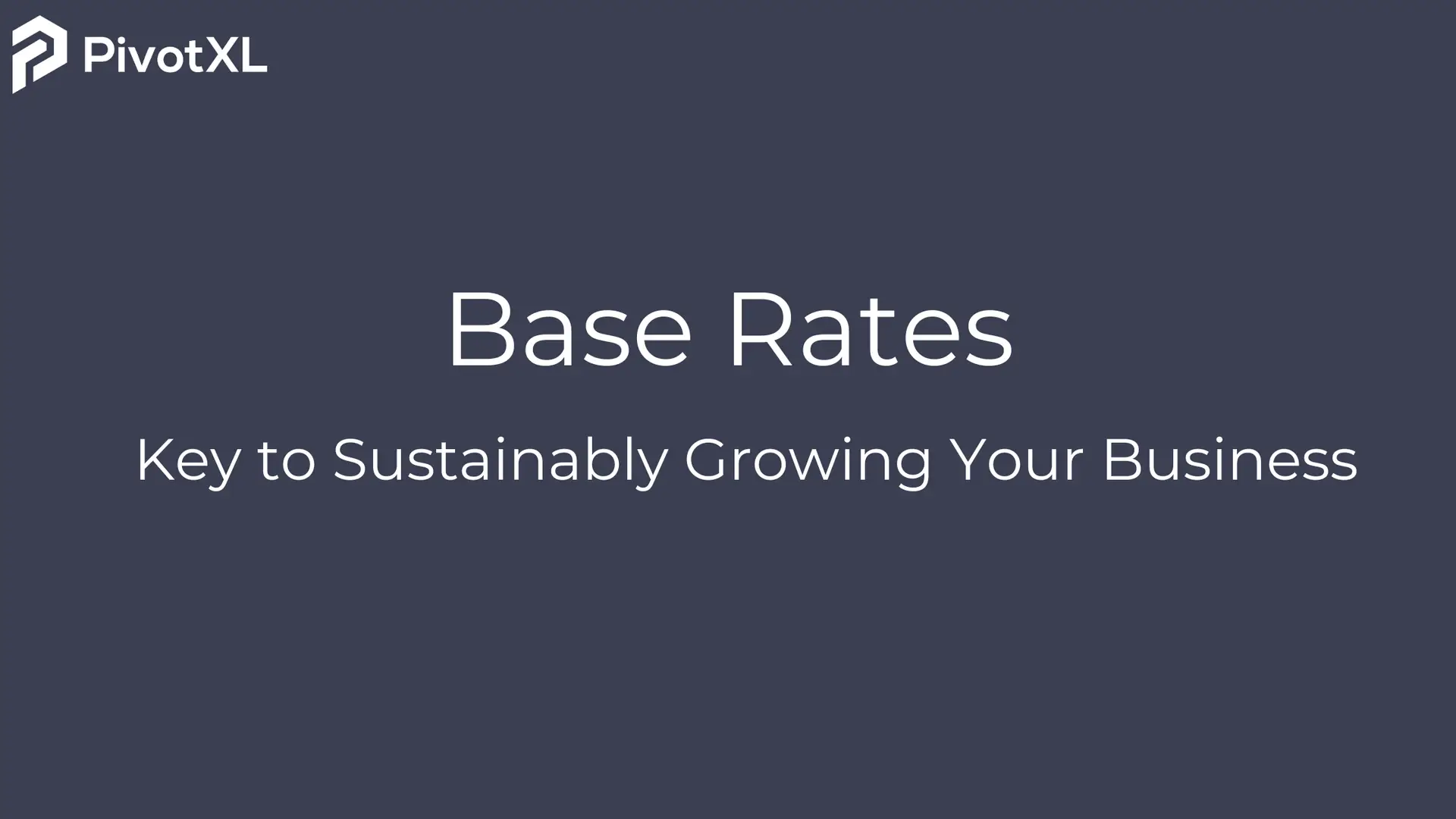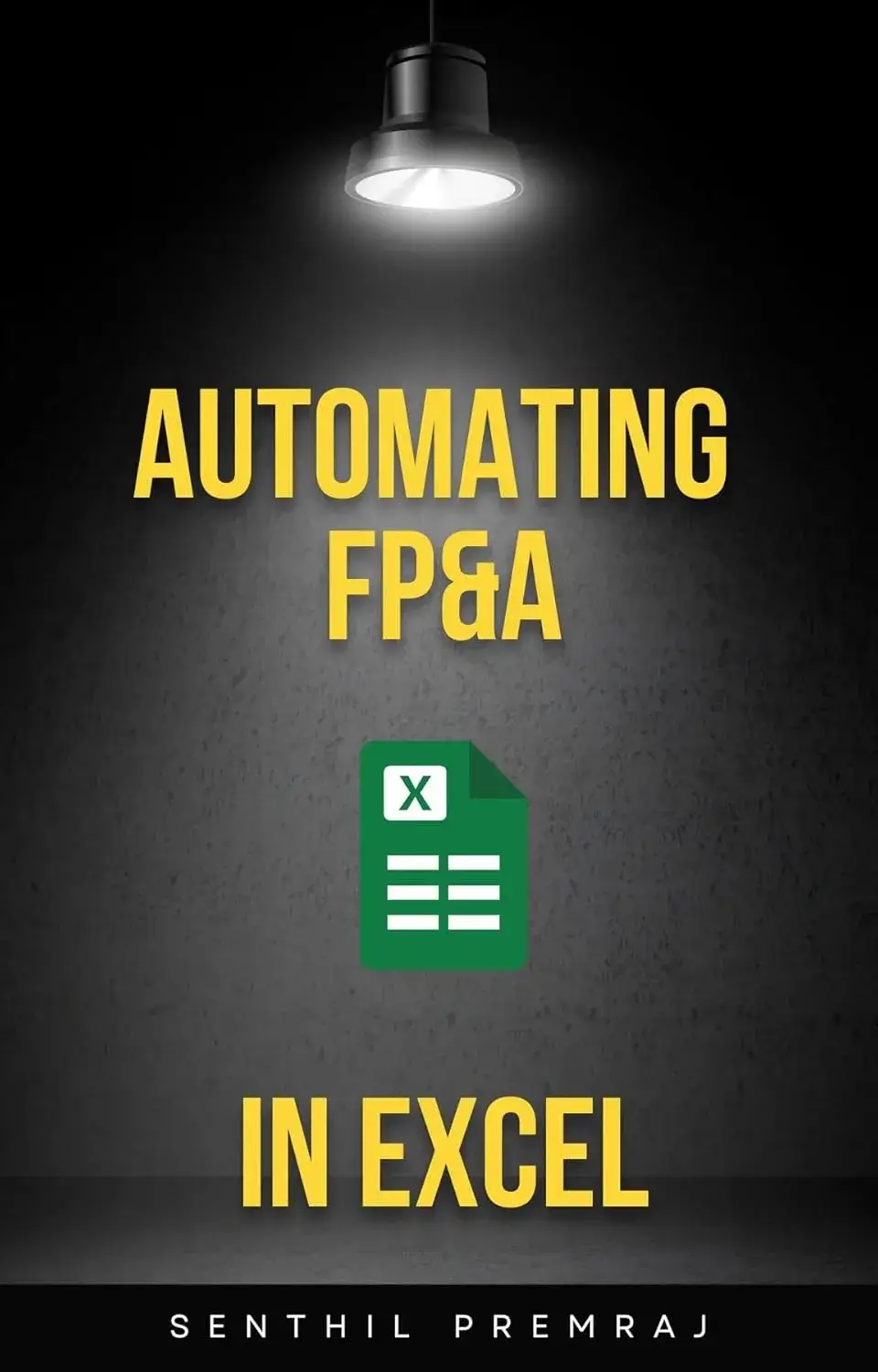Daniel Kahneman’s research on decision-making under uncertainty earned him the Nobel Prize in 2002. His work led to the development of base rate forecasting, or reference class forecasting. Today, this approach is widely used for more sustainable and effective business and financial planning.
Understanding Base Rates
Base rates are the historical performance metrics of a business. They offer an objective starting point for predicting future performance. For example, if a company’s churn rate has been 5%, it is likely to remain at that rate unless steps are taken to change it. Base rates show the natural course of business operations and how they might continue without significant intervention.
Thus, the idea behind base rates is simple: to understand the future, you must assess the past.
What Happens When You Ignore Base Rates?
Ignoring base rates can lead to unrealistic business forecasts. For example, a fast-growing SaaS company, valued at over $500 million, decided to ignore its historical deal closure cycle. They assumed they could reduce their deal closure time from nine months to just five months. The results were not as expected: they missed their targets.
This overconfidence led to poor planning and missed goals. Neglecting base rates often results in overestimating capacity and underestimating project timelines. This is commonly known as the planning fallacy. Consequently, budget overruns and missed targets follow.
For instance, if your company’s deal conversion rate has been 5%, assuming it will jump to 20% without intervention is an unrealistic expectation. A forecast based on such assumptions can mislead you down a costly path.
The Importance of Measuring Base Rates Accurately
To avoid the pitfalls of overconfidence and poor forecasting, it is essential to measure your base rates accurately. These base rates should drive your assumptions in your business plan. For example, if your lead conversion rate has been 10% over the last quarter, that number should influence your forecasting model moving forward.
It’s also important to select the right time period when calculating base rates. Measuring them over too short a period can lead to inaccurate conclusions, while looking too far back might not account for recent business changes. Typically, four to six months works well.
In fast-growth businesses, a good method is the Last Four Months (L4M) model, which balances recency with stability.
Creating a Plan to Achieve Growth Metrics Beyond Base Rates
Now that you have your base rates, what if you want to set a more ambitious target? If your lead-to-deal conversion rate is 10%, but you plan for a 15% conversion rate, you need a clear plan to achieve that.
This requires asking: How will you reach that new rate? Will you hire more salespeople?, Will you enhance your lead qualification process?, Will you implement new sales training or tools?
By detailing your plan, you make your forecast more actionable and transparent. Without these details, your assumptions may remain overly optimistic and, therefore, unreliable.
Monitoring and Adjusting Your Plan
Once you set your business plan in motion, it’s crucial to monitor your progress continuously. This allows you to adjust as necessary if things aren’t going according to plan. Regular reviews will help you detect potential issues early on, allowing you to make adjustments in time.
Furthermore, flexibility is key. As market conditions shift or your base rate change, revising your business plan is essential. Ongoing adjustments ensure that you stay aligned with your goals, even as new challenges arise.
Conclusion
Past performance is not a foolproof predictor of future success, but it remains one of the best tools for forecasting. Base rates provide a grounded, objective starting point that helps you avoid overly optimistic assumptions.
By incorporating accurate base rate into your business planning, you create a more realistic roadmap for growth. Tools like PivotXL can help you track these metrics efficiently and adapt your plans when necessary, reducing the complexity of long-term planning.
In the end, base rate forecasting enables you to build a business model that’s not only sustainable but also adaptable, ensuring long-term success.




